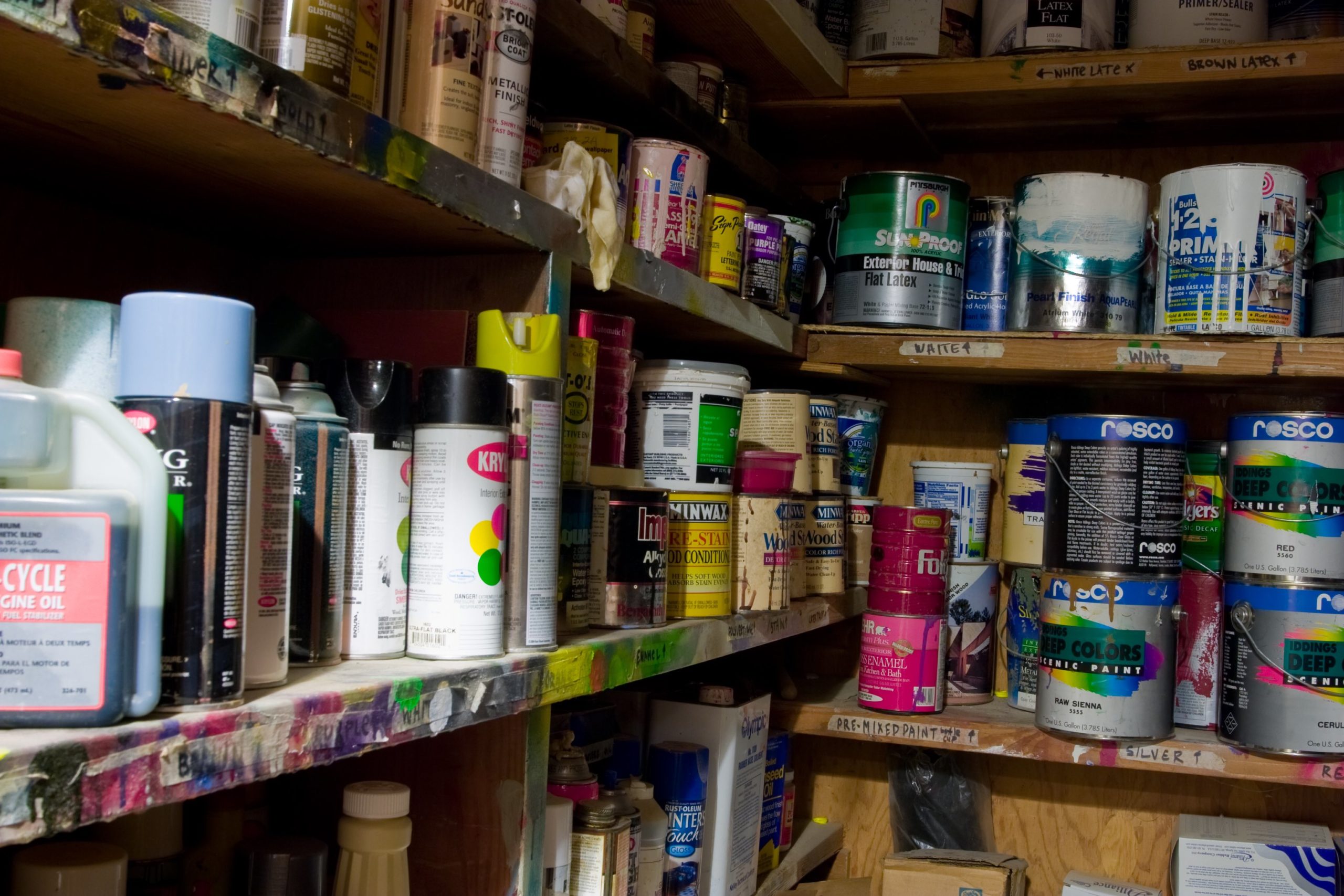What are VOCs? Like many of the things we test for, most people have never heard of them, everyone comes into contact with them, and too much of them can be harmful. Understanding VOCs, the risks associated with them, and how you can test for and prevent them are crucial for maintaining healthy indoor air quality in your building.
VOC stands for Volatile Organic Compounds. Though “volatile” is often used as a synonym for “explosive” in everyday figurative language, VOCs are not going to ignite. Rather, “volatile” means that they will easily evaporate at average indoor temperatures, and continue to do so long after the substance has dried. One of the most common household substance to release VOCs is paint—even after a year, a layer of paint has emitted only half its VOCs.
Pretty much everyone knows when something “smells like a chemical.” Paint, nail polish remover, cleaning solution, varnish, pesticides, hairspray, fuel… the “chemical smell” you might detect in these products is actually the odor of the VOCs evaporating. Solid materials can also give off VOCs, like shower curtains, new vinyl flooring, or brand new carpet. VOCs also occur in nature (for example, the smell of pine needles is the release of a VOC) but anthropogenic VOCs, like benzenes, acetones ,xylenes, formaldehyde, or methylene chloride, are the ones that raise environmental and health concerns. Coming in contact with VOCs through either touch, inhalation, or ingestion can be harmful.
Short-term exposure to VOCs will cause headaches, dizziness, drowsiness, nausea, and eye or respiratory irritation. Long term exposure can cause liver, kidney, and nervous system damage, and the VOC benzene has been proven to cause cancer. Imagine the way it makes you feel to breath in the smell of paint thinner for too long—that’s a concentrated version of the discomfort that comes with high VOC levels, and in office buildings this can seriously affect employee health, happiness, and productivity.
To reduce the VOCs in your building, you can begin by using low-VOC paint on your walls, or asking your carpet installer to air out your carpet before installing it in the building. Store any cleaning products in tightly-sealed containers, buy houseplants, and keep your building well ventilated with either windows or fans. Of course, the most important thing you can do to protect the occupants of your building from VOC particles is test for them—services like Hawk Environmental’s Indoor Air Quality Testing can determine the levels of these off-gassed chemicals in parts-per-billion using sophisticated testing techniques. Call us at today to check your building’s VOC levels!
Comments are closed.

